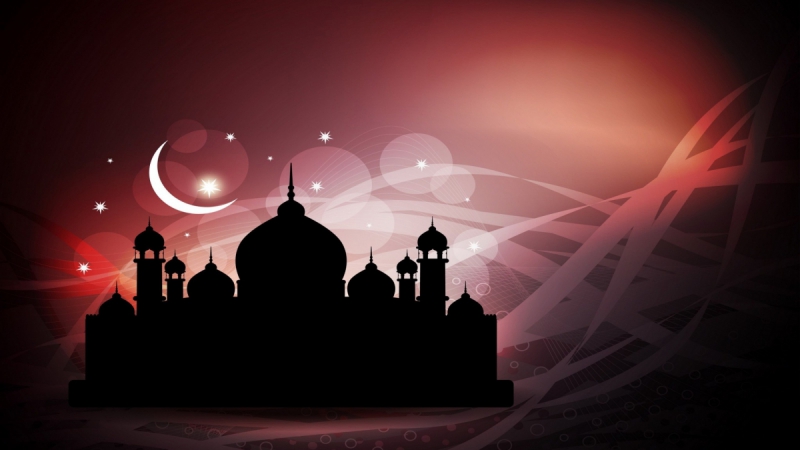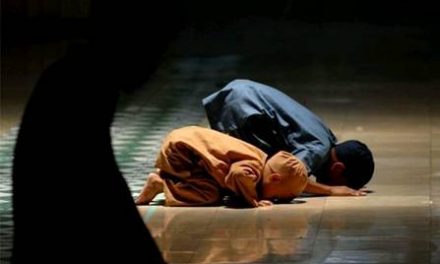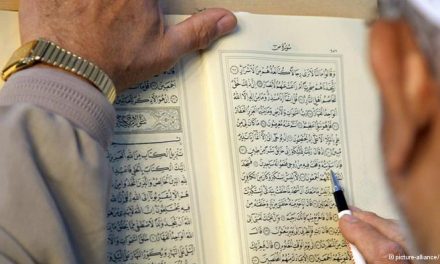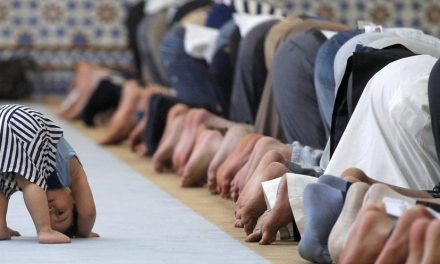Question:
Hey, it grabbed my attention the fuss that has been going around about banning the construction of minarets in Switzerland. I want to understand the importance of a minaret for the mosque. Does a mosque have to have a minaret?
Or, is it just a sign so that Muslims know that this is a mosque? I am not against building them, after all I cannot imagine a big or small church without a cross on it. My point is: does the minaret have a certain relation with the worship itself performed inside the mosque? If not, then why are Muslims so upset about banning it? Is it because of the infringement of their rights? Or is it because it will really affect their worship? I appreciate your help.
Answer:
Salam Rose,
Thank you for your question and for contacting Ask About Islam.
First of all, please allow me to explain that the role of a mosque in Islam is a bit different from the role of a church.
If we refer to the Sunnah (tradition) of Prophet Muhammad (peace be upon him) in the days of the message, we will realize that the mosque, in addition to being a place of worship that unites Muslims, is also a place for socialization, sort of like a community center in modern terms. The mosque was where Muslims, young and old, men and women, were to meet, connect, and follow up on their local news.
A mosque was also a place for spreading awareness of Islam by receiving non-Muslim guests who would like to get informed about what Islam is about.
Prophetic tradition also shows that a mosque was a place for celebration, such as weddings and Eid celebrations.
Aishah, Prophet’s wife, narrated that,
“Ethiopians used to play with their arrows in the Prophet’s mosque.” (Al-Bukhari)
The Prophet’s mosque during his life was even a place for medical care before Islamic civilization developed hospitals centuries later, as well as a school and a university.
So, a mosque originally is not just a “place of worship” in the ritual sense. Its role is much more fundamental to the community.
Minarets were developed after the Prophet’s era. The Prophet’s mosque was a very simple square structure built from palm trees, and covered with branches and leaves. It did not have any domes or minarets.
Historically, minarets were developed for a muezzin (a caller for prayers) to climb on in order to call the local community for prayers. That was before the invention of loudspeakers.
Today, in countries of Muslim majorities, and in some cities outside them, the minaret is where the loudspeaker hangs in order to carry the voice of the muezzin as far as possible.
In the West, however, loudspeakers are always kept inside the mosque (except in very few places), and minarets are merely symbolic.
Over the course of centuries, minarets took many architectural shapes and forms, and generally represented every place and time’s culture. It is believed, though, that a minaret represents a human “finger” which is pointing upwards; a sign of human affirmation to the Oneness of God.
Thus, a minaret symbolizes Islam as a faith, the call for prayers, and its various architectural designs are symbolic.
In the West, minarets sometimes take designs that are reminiscent of other famous minarets for some local Muslim community. Often, however, minarets take a shape that represents a Western flavor. In that sense, it is a sign of integration and contextualization of Islam itself in its new environment.
Therefore, despite the fact that minarets are not “religiously prescribed” by the Islamic law, they are an integral part of every “Islamic culture”, including the developing Islamic culture in the West. Their existence signify an essential component of what Muslim jurists call “the land of security” (Al-Kassani 131), or in other expressions, “the land of freedom to practice Islam”. (Al-Mawardi, “Al-Ahkam” 275)
Freedom to practice Islam is traditionally defined as the freedom to practice Islam’s “public acts of worship”. These include a variety of Islamic rituals according to various schools of Islamic law:
1- The five prayers. (Al-Mawardi, “Al-Akham” 275)
2- Calling for the prayers. (Al-Mawardi, “Al-Ahkam” 275)
3- Friday Prayers. (Al-Mawardi, “Al-Ahkam” 275)
4- Fasting in Ramadan. (Ibn Al-Arabi 530)
5- Giving zakah charity. (Al-Razi 108)
6- Pilgrimage. (Al-Kalabadi 130)
7- Ablution. (Al-Kalabadi, “Bahr” vol.1, 130)
8- Eid prayers. (Al-Mawardi, “Al-Hawi” 48)
9- Reading the Quran. (Ibn Al-Arabi 368)
10- Circumcision. (Al-Kalabadi, “Bahr” vol.1, 130)
11- Sacrificing animals to feed the poor. (Al-Kalabadi, “Bahr” vol. 23, 146)
12- Building mosques, and especially minarets. (Al-Kalabadi, “Bahr” vol. 28, 408)
13- Greeting people with “peace be upon you”. (Al-Kassani 113)
14- Charitable endowments (awqaf) (Al-Yunini 58)
The disappearance of minarets from Europe could pose some juridical difficulties for European Muslims, since many jurists did not allow Muslims to live in what they called a “land of insecurity” or, in other words, “land where freedom to practice Islam is compromised”.
Although minarets are not directly mentioned in the list above, and are only symbolic, they do touch on the freedom of building mosques, which are connected to many of the other Islamic obligations mentioned above, and they create a situation that many Muslims would find problematic.
On the other hand, as you noted, Muslims are upset about that ban because it simply infringes on their rights. European Muslims, like other European citizens, take the issues of rights, freedoms, and civil liberties seriously. They might view banning minarets as similar to banning crosses on churches, but they also view banning minarets as similar to banning a certain color of clothing, chimneys on houses, for example, or some other styles that clearly fall under the category of what people are free to choose.
History teaches us that a decision like this develops into much more serious decisions in the future that infringe more on people’s lives and freedom of faith.
Finally, this decision reminds me, personally, of a Fatimid caliph, who called himself Al-Hakim Bi-amrillah (the Ruler in the Name of God). At some point, he banned Egyptians from eating mellow (a popular leafy vegetable eaten in Arab countries). Then, he followed that decision by numerous bizarre and similar decisions. At the end, he claimed to be God himself.
I hope this helps. Please keep in touch.
Salam.
Work cited:
Al-Kalabadhi, Abu Bakr Muhammad ibn Ibrahim. Bahr al-Fawaid. Vols. 1, 23. Beirut, 1999.
Al-Kasani, Alauddin Abu Baker ibn Masud. Bada’i` al-Sana’i` fi Tartib al-Shara’i`. Vol. 7. Beirut: Dar al-Kitab al-Arabi, 1982.
Al-Mawardi, Ali Ibn Muhammad. Al-Ahkam al-Sultaniyah, vol.1. Beirut, 1985.
___. Al-Hawi al-Kabeer fi Fiqh Madhab al-Imam al-Shafi`i, Vol. 2. Beirut: Dar al-Kutub, 1999.
Al-Razi, Fakhr Al-Din. Mafatih al-Ghayb. Vol. 32. Damascus: Dar al-Fikr, 1981.
Al-Yunini, Qutb Al-Din. Dhail Mir’at al-Zaman, Vol. 2. Beirut, without date.
Ibn Al-Arabi, Muhammad. Ahkam al-Quran, Vol. 1. Beirut, without date.
Ibn Taymiyah, Ahmad. Kutub wa Rasa’il wa Fatawa, Vol. 28. Cairo: Maktabat ibn Taymiyah, without date.
======
Source: www.onislam.net — Ask about Islam — Jasser Auda







